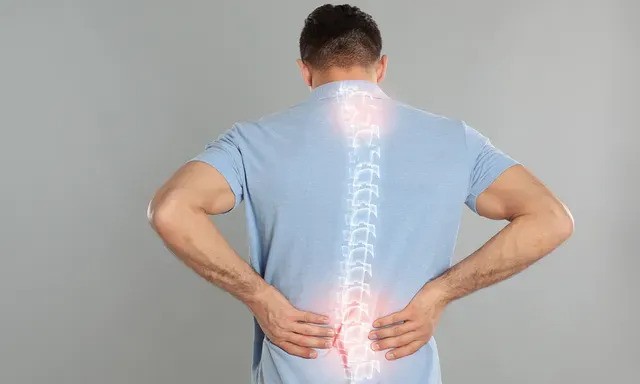Orthopedic & Spine Care located in Bristol, CT

Scoliosis often appears in the early teen years, but babies can be born with a curved spine, and the condition also develops in adults. Board-certified orthopedic surgeon Ashish Upadhyay, MD, MS, at Connecticut Advanced Spine in Bristol, Connecticut, treats scoliosis in children and adults, developing customized care based on the severity of the curvature and the underlying cause. Call the office today or connect only to request an appointment, have your scoliosis evaluated, and learn how to improve your spinal health.
Service Q & A
What is scoliosis?
Scoliosis causes an unusual side-to-side curvature in your spine. When viewed from behind, your spine should look straight. Scoliosis gives it an S- or C-shape.
Some children are born with a congenital condition that causes scoliosis or develop curvature because of a neuromuscular condition like cerebral palsy.
Most children and teens have idiopathic scoliosis, which means the cause is unknown. Idiopathic scoliosis typically appears in 10-15 year olds.
What type of scoliosis affects adults?
Adults may have idiopathic scoliosis that began in adolescence and kept progressing during their adult years. Or they could develop degenerative scoliosis.
Age-related changes in the spinal joints and discs cause degenerative scoliosis. The changes cause spinal instability, affecting the spine’s alignment and causing degenerative scoliosis.
What symptoms does scoliosis cause?
Scoliosis is seldom painful in children and teens. Instead, the condition affects their appearance, causing:
- Uneven shoulders
- Uneven waistline
- One hip higher than the other
- One shoulder blade or one side of the ribs jut forward more than the other
Adults with idiopathic scoliosis may have the same symptoms.
Since degenerative scoliosis develops due to arthritis and disc degeneration, adults experience the following symptoms:
- Back pain
- Limited spine movement
- Muscle strain
- Leg pain, tingling, or numbness
- Rounded or swayed back
Adults may also develop a rounded back or notice their height decreases.
How is scoliosis treatment?
The scoliosis treatment you or your child may need depends on the extent of the curvature. Dr. Upadhyay monitors children with minor scoliosis, who may never need scoliosis treatment if the curvature doesn’t change.
He successfully treats most children who are still growing and have moderate scoliosis with bracing and specialized exercises to strengthen muscles and improve posture. Bracing corrects the curvature and prevents it from worsening.
Some children will eventually need surgery to restore their spine. Scoliosis surgery may mean performing a spinal fusion and implanting orthopedic hardware to support the spine.
Spinal surgery for adults could include one of the following:
- Decompression surgery (remove part of the vertebrae or enlarge bony openings)
- Spinal stabilization (implant hardware like rods and wires)
- Spinal fusion (fuse adjacent vertebrae)
- Osteotomy (cut and realign spinal segments)
- Vertebral column resection (remove certain vertebrae before realigning)
Call Connecticut Advanced Spine today or request an appointment online to learn about scoliosis treatment .
